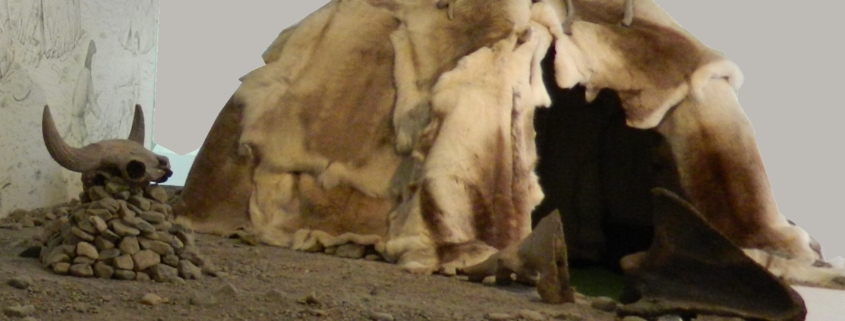Human-animal entanglements: communities of practice in the zooarchaeological record
Human-animal entanglements: communities of practice in the zooarchaeological record
Credits: 2 ECT for attending the 2-day practical workshop and handing in a reflection report.
A two-day workshop about human-animal relationships
Human-animal relationships are varied, ranging from predator-prey (in both directions), to beast of burden, to beloved pet, to ritual sacrifice. Yet, in contrast to human-produced artifacts, faunal remains are sometimes regarded as ‘ecofacts’, with considerations of human cultural practices largely absent from comprehensive analyses. In the past, this was partly the result of taking Archaeozoology as a subdiscipline in which archaeozoologists were assigned to carry out basically the taxonomic identification, the interpretation glossed over by archaeologists themselves. (but see Sunseri 2009 and Twiss 2007).
Consequently, the Department of World Archaeology (PhD researchers Natalia R. Donner and Gene Shev) and the Laboratory for Archaeozoological Studies-Department of Archaeological Sciences (assistant professor Laura Llorente Rodriguez and education & research staff member André Ramcharan) from the Faculty of Archaeology at Leiden University; in collaboration with colleagues from University of Groningen (PhD researcher Safoora Kamjan) aim to hold a two day workshop providing undergraduate and graduate students from Dutch universities with a hands-on opportunity to combine theoretical and methodological background with laboratory analysis. Specifically, it will offer training in methods that can be applied to identify cultural and social patterns in the zooarchaeological record, as well as bodily gestures involved in practices such as butchery.
This two-day workshop, consisting of both theoretical lectures and a hands-on laboratory component, advocates a practice-oriented approach to zooarchaeology, drawing on the social zooarchaeology of Nerissa Russell (2012). It views faunal remains from archaeological contexts as traces of past human-animal relationships, which originate and are maintained through repeated enactions or performances – practices. The methodological lab-based portion will primarily focus on one relationship that constitutes the majority of most zooarchaeological assemblages: that of consumer-consumed. Like ceramic and lithic industries, faunal exploitation for consumption can be broken down into stages, and communities of practice can be identified within each stage (Lemonnier 1983, Leroi-Gourhan 1964, Sellet 1993, Wenger 1998). Theoretical discussions will, however, also address other communities of practice that may involve faunal remains and/or zoomorphic imagery, such as craft production and mortuary practice.
Application
The number of students that will participate in the event is limited, so selection will take place through an application process, that will open on February 12th and will close on March 7th. Please send a brief motivation statement (maximum 250 words) to Gene Shev and state if you have your own zooarchaeological samples available for analysis at the workshop. Registration does not go via ARCHON for this event.
Date, time, locations
Date: 21 March 2019 – 22 March 2019
Venue: Van Steenis, Einsteinweg 2, 2333 CC Leiden
Room: Laboratory for Archaeozoological Studies
Registration deadline: Not via Archon, see above
Application deadline: March 7
See the programme for more information.


